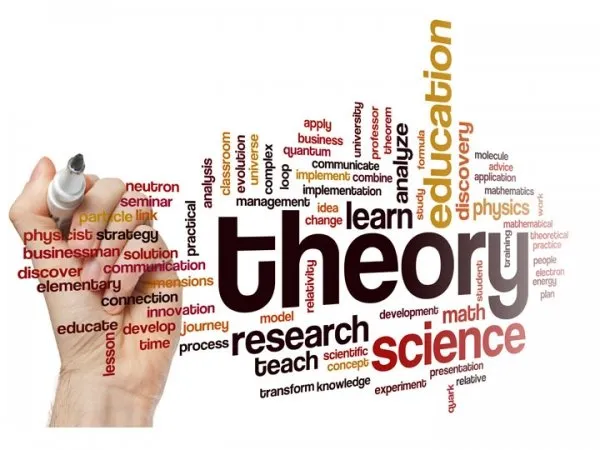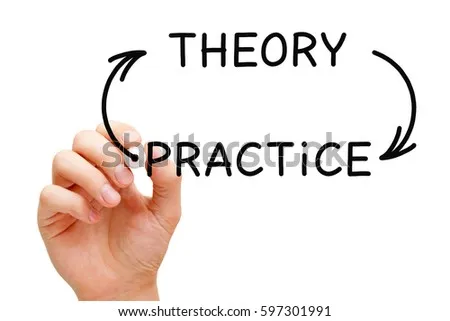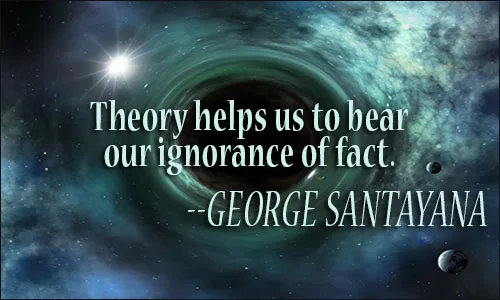Understanding the Four Building Blocks of a Theory

Image Source
Four Building Blocks of Theory
- Constructs
- Propositions
- Logic
- Assumptions
Constructs
Constructs catch the "what" of theories. They are abstract ideas determined at an abnormal state of abstraction that are picked particularly to clarify the marvel of interest. Constructs might be unidimensional, for example, weight and age, or multi-dimensional, for example, personality and culture.
While a few constructs, for example, age, education, and firm size, are straightforward, others, for example, innovativeness, partiality, and authoritative dexterity, might be more perplexing and recondite, and still others, for example, confide in, mentality, and learning, may speak to temporal propensities instead of consistent states.
Quantifiable portrayals of abstract constructs are called variables. For example, intelligence quotient (IQ) is a variable that is implied to gauge an abstract construct called intelligence. Constructs are conceptualized at the theoretical plane, while variables are operationalized and estimated at the empirical plane. Variables might be autonomous, subordinate, intervening, or directing.

Image Source
Propositions
Propositions catch the "how" and are the affiliations hypothesized between constructs in view of deductive logic. Propositions are stated in explanatory frame and ought to in a perfect world demonstrate a cause-effect relationship. Propositions might be conjectural however should be testable, and ought to be rejected on the off chance that they are not bolstered by empirical perceptions.
Like constructs, propositions are stated at the theoretical level, and they must be tried by looking at the comparing connection between quantifiable variables of those constructs. The empirical plan of propositions, stated as connections between variables, is called hypotheses.
Logic
Speaks to the "why" and acts like a "glue" that interfaces the theoretical constructs and gives significance and importance to the connections between these constructs. Logic likewise speaks to the explanation that lies at the center of a theory. Without logic, propositions will be specially appointed, self-assertive, and pointless, and can't be tied into a durable system of propositions that is the core of any theory.

Image Source
Assumptions/Boundary Conditions
Inspects the "who, when and where." All theories are obliged by assumptions about time, space, values, and boundary conditions that oversee where the theory can be connected and where it can't be connected. For instance, numerous economic theories accept that human beings are judicious and utilize utility expansion in light of cost and benefit desires as a method for understanding human behavior.
Interestingly, political science theories accept that individuals are more political than balanced, and endeavor to position themselves in their expert or individual condition in a way that boosts their energy and control over others. Given the idea of their basic assumptions, economic and political theories are not straightforwardly similar, and scientists ought not utilize economic theories if their goal is to comprehend the power structure or its advancement in an association.
Theories may have understood cultural assumptions, temporal assumptions, and spatial assumptions. In the event that a theory is to be appropriately utilized or tried, the majority of its certain assumptions that frame the limits of that theory must be legitimately comprehended. Lamentably, theorists infrequently state their understood assumptions obviously, which prompts visit misapplications of theories to issue circumstances in look into.

Image Source
References:
Theory
The Building Block of Theory Development
Theoretical Constructs, Concepts, and Applications